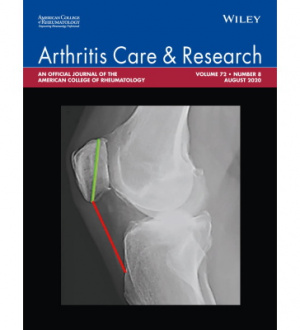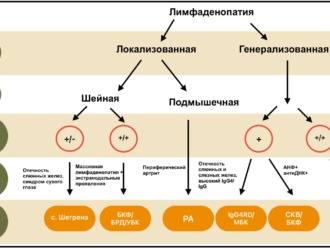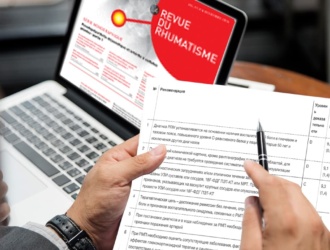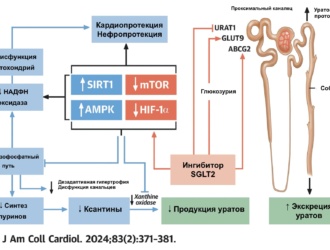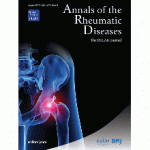 Objectives
Objectives
As ultrasound is sensitive for detecting crystal depositions in patients with gout, our objectives were to explore the main locations for depositions and the extent of dissolution of depositions during a treat-to-target approach with urate lowering treatment (ULT) in patients with gout.
Methods
Patients with a recent flare of gout were consecutively included in this single-centre study and managed by a treat-to-target approach with ULT. All patients were assessed at baseline, 3, 6 and 12 months including bilateral ultrasound examinations of joints/tendons/entheses of hands, elbows, knees, ankles and feet. A new semiquantitative scoring system of 0−3 of elementary lesions (double contour (DC), tophi and aggregates) was applied to quantify the amount of depositions during the follow-up.
Results
209 of the patients were evaluated with ultrasound at baseline (mean (SD) age 56.4 (13.8) years and disease duration 7.9 (7.7) years, 95.2% men). The serum urate levels decreased from baseline to 12 months (mean (SD) 500 (77) to 312 (49) µmol/L) (p<0.001)). The first metatarsophalangeal joint was the most frequent location for all the elementary lesions and erosions were associated with higher levels of crystal depositions. From baseline to 12 months, mean sum scores decreased for DC (4.3 to 1.3), tophi (6.5 to 3.8) and aggregates (9.3 to 6.7) (p<0.001 for all), with DC being most sensitive to change.
Conclusions
The ultrasound scoring system for crystal depositions was sensitive to change and showed that a treat-to-target approach with ULT resulted in significant reductions of all the depositions, most extensively for DC.

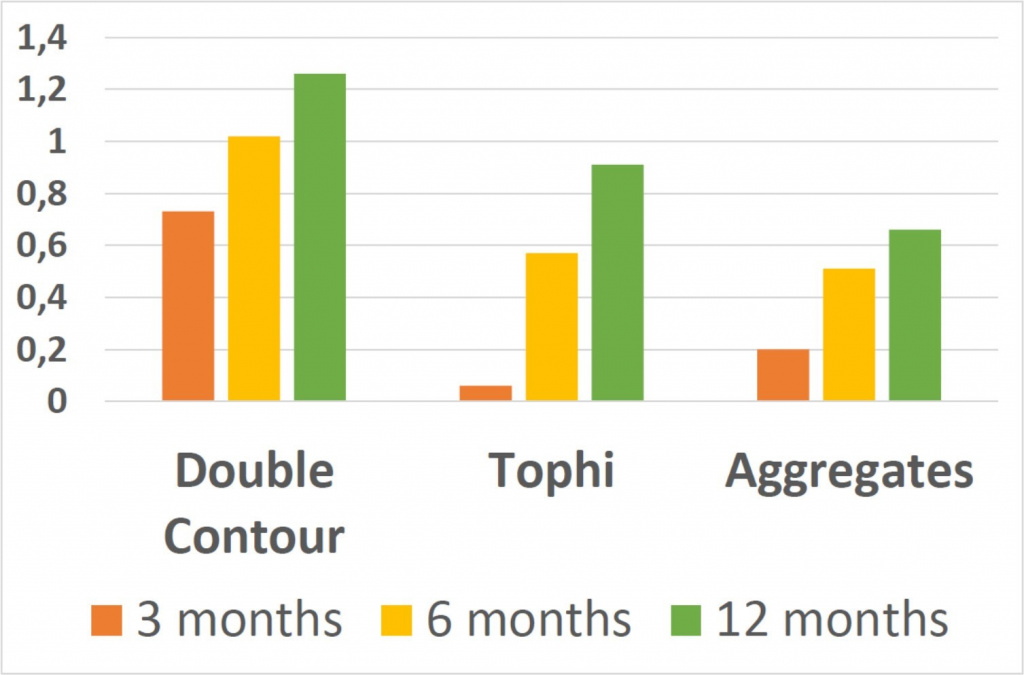
Figure 2 Standardised response means (mean change divided on SD) for the reduction of sum scores of DC, tophi and aggregates from baseline during 12 months follow-up. DC, double contour
Hilde Berner Hammer, Lars Karoliussen, LeneTerslev, Espen A Haavardsholm, Tore K Kvien, Till Uhlig
Ann Rheum Dis. 2020 Jul 15; annrheumdis-2020−217 392
PMID: 32 669 301
DOI: 10.1136/annrheumdis-2020−217 392

